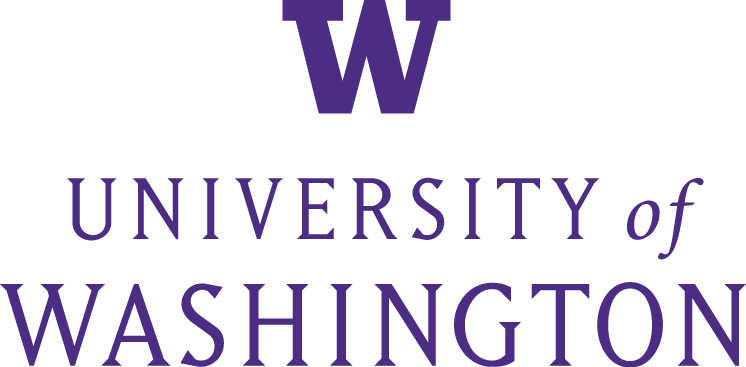University of Washington: UW to construct new Interdisciplinary Engineering Building, expanding contemporary educational spaces for students
The University of Washington will break ground this fall on a new, $90 million Interdisciplinary Engineering Building, thanks in part to a $10 million donation from Boeing. Once complete, the state-of-the-art building will be a leading example of a student-focused learning facility backed by both public and private investments. The state of Washington has also dedicated $50 million to support the project that aims to fuel economic growth and create a pipeline of future, local engineering talent.
Boeing’s relationship with the UW dates back more than a century, and this latest investment will support naming rights for the Interdisciplinary Engineering Building’s entire second level, which includes the College of Engineering’s new AI Education Institute and adjacent curricular spaces.
“Investment in engineering education is not just crucial to our region’s economy, it is essential to developing the skilled professionals and catalyzing the discovery and innovation that we need to address our world’s most pressing challenges,” said UW President Ana Mari Cauce. “Boeing’s significant investment is a reflection of our longstanding and deep partnership, and we are proud to continue working together to advance engineering education, create opportunities for students and expand the pipeline to develop the highly-skilled diverse workforce our region and our world needs.”
The College of Engineering graduates more than 50% of the state’s new engineers. Boeing is a top employer of UW engineering graduates, with nearly 1,200 engineering alumni hired in the last five years and 6,500 UW alumni currently working for the aerospace company, according to LinkedIn and other data.
interior image
The Interdisciplinary Engineering Building’s second level will be named for Boeing, thanks to a $10 million gift from the aerospace company. A conceptual drawing of the building’s second level is shown here.University of Washington
“The new Interdisciplinary Engineering Building offers Boeing the opportunity to partner more closely with the university on cutting-edge technologies that enhance the safety and sustainability of our products and services,” said Greg Hyslop, Boeing chief engineer and executive vice president of Engineering, Test & Technology. “Through continued research and talent development, we will advance our work in artificial intelligence, machine learning and other capabilities that support our digital innovation. It helps us all move toward a dynamic and exciting future in the state of Washington.”
Since Boeing’s earliest days, leaders have partnered with the UW to nurture talent and foster engineering innovation. In 1917, company founder Bill Boeing gave the UW $6,000 to construct a wind tunnel, the same year that UW aeronautics courses began. UW’s aeronautics department officially was established in 1929, and in 2012 was named the William E. Boeing Department of Aeronautics & Astronautics. Today, Boeing uses a newer wind tunnel at UW to test nearly every new airplane the company’s engineers design.
Boeing contributions to UW over the years include internships, scholarships and other innovative opportunities for students, especially those who come from marginalized communities, to enter engineering fields.
With dedicated space for Industry Capstone Projects, the Interdisciplinary Engineering Building’s design further promotes close participation from students and regional industry. Boeing alone sponsors more than 10 projects annually, each involving teams of five students, a UW professor and a Boeing mentor.
“I’m grateful to Boeing for their support for our new contemporary educational building, the next milestone in our century-long relationship,” said Nancy Allbritton, Frank & Julie Jungers Dean of the College of Engineering. “It sets a tone for industry engagement with our students, which translates directly into strong regional economic growth. As we advance a vision of engineering excellence for the public good, we look forward to expanding our partnership with Boeing and other local industry for the benefit of our students and our broader community.”
The Interdisciplinary Engineering Building’s 70,000-square-foot, five-level design — east of the Husky Union Building on Stevens Way — will provide much-needed interdisciplinary space for project-based collaborative learning, as well as a student-focused “home” for engineering undergraduates. By adding the new building, the College of Engineering will provide a welcoming and inclusive space to introduce students to more engineering pathways and facilitate tomorrow’s discoveries.
Interest in engineering has exploded, and since 2009 the UW has nearly doubled the number of undergraduate and graduate engineering degrees, but classroom and activity space hasn’t kept pace. With the addition of the new contemporary engineering building to the Seattle campus, the UW can focus on cross-college multidisciplinary teamwork, improved diversity and increased engagement with industry — all to prepare students for the engineering careers of the future. In addition to being a home for students, the building will also serve as the front door to industry and a direct connection for hiring students with interdisciplinary skills.
The Interdisciplinary Engineering Building’s architect is KieranTimberlake, and contractor is Hensel Phelps. Construction is scheduled to begin this year and be completed by mid-2024.

